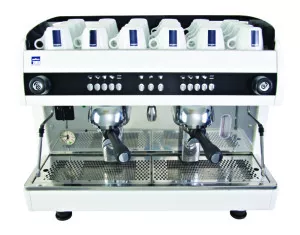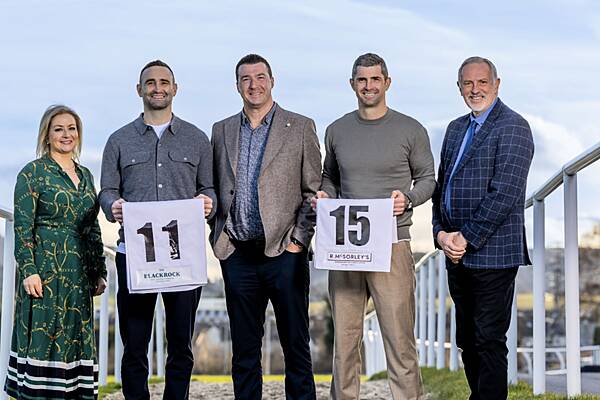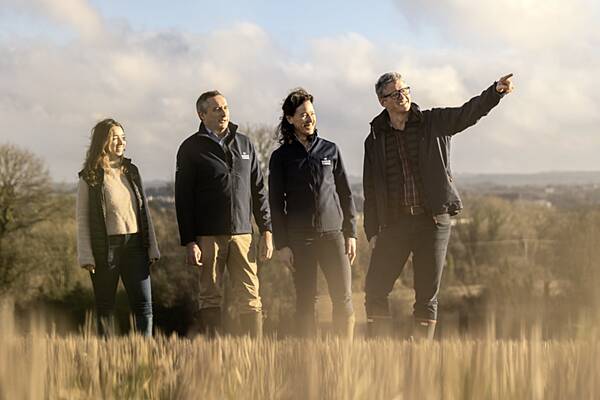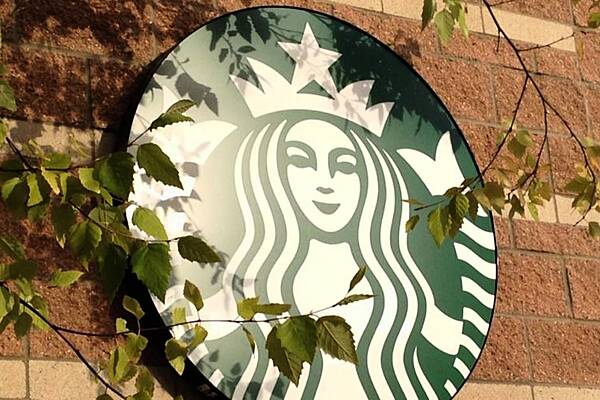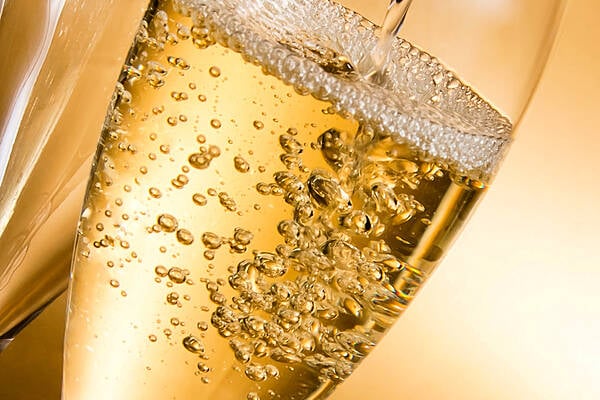As a country, we have the potential to be known around the world for a quality cup of coffee as much as we are for a good pint. If France and Italy can do it, why can’t Ireland? Nina Kelly reports.
There’s a cafe subculture a-brewing, and they’re searching beyond the high street for what is revealing itself as a bankable trend within the Irish market: quality coffee – an experience for which one would happily travel across the city, though one shouldn’t have to.
Open-minded businesses have started to catch on, merging potential sales with the likes of their business identities. If you haven’t already witnessed it in your local cafe, tattoo parlour, clothing shop, vintage market, garden centre, espresso truck, pub or after-hours nightclub venue, coffee sidelines are a no-brainer, and, simply put, quality is everything.
“Coffee is expected to see a growth of 14 per cent in value terms at constant 2014 prices over the next five years, with retail value sales of €157 million predicted for 2019,” revealed Irish Coffee Council spokesperson Conor Minogue, adding, “Growth will continue to be strong, particularly within fresh coffee.”
In 2014, some 4,558 tonnes of coffee were consumed in Ireland, according to the Irish Coffee Council, which represents the coffee industry here. According to its revised figures, 2014 volumes are up 7.5 per cent on the revised 4,242-tonne figure for 2013. In the foodservice industry, volumes level-pegged, indicating that the hospitality industry could be doing more to stimulate coffee sales.”
Minogue adds, “When people speak about a coffee revolution, it’s less about the volume of coffee that’s being consumed and more about the cultural aspect. Irish consumers are increasingly inquisitive when it comes to their coffee. They’re looking to experiment, try out new bean types, countries, flavours and brewing techniques.”
Percolating Passion
Catering to the connoisseur never looked so profitable. With the obvious surge of forward-looking coffee taste-makers across the country, we must not take for granted that behind their opinions are potential revenues. The cyber age has shown us that opinions can travel with speed, so delivering products that customers can – first, and most importantly – enjoy, but also share, review, post, photograph, vlog, blog, recommend and gloat about, is crucial.
Business owners are not only encouraged to look at opportunities for coffee sidelines within their existing enterprises, but also to review the quality of coffee that they may already be serving – paying special attention to the crucial aspects of technique, taste and aesthetic. Pop culture and the hot-drinks market have collided, resulting in some very high standards and expectations.
Meeting the demand is Garrett Fitzgerald, owner of the bustling eateries Sister Sadie, Brother Hubbard and Little Brother. Speaking to Hospitality Ireland, Fitzgerald says, “People are starting to explore coffee the same way they do wine or craft beer. It is no longer that generic brown drink – we are starting to celebrate its personality, character and variety, as well as the art of roasting and brewing.
“We love the creativity of our business, and we put a lot of effort into creating a unique menu, so of course it made sense to extend this into our coffee offering. It also gave us a chance to learn more about the coffee and to collaborate in a fun and exciting way.”
Fitzgerald’s eateries not only use the home-roasted supplier, cafe and barista school Third Floor Espresso, aka 3FE (which has been providing top-of-the-line coffee to its fan base since 2008, with such success that it opened its own roasting facility in Dublin’s Docklands in January 2014), but they’ve also worked closely with this supplier in order to create their very own Brother Hubbard 3FE Blend.
Fitzgerald continues, “Before we had Brother Hubbard, we were regular customers of 3FE, and we had just returned from Melbourne, which had a very exciting coffee scene.
“As 3FE were one of the first to embrace specialty coffee, we were delighted to work with them. This is a big part of what we enjoy: collaboration – not only with our suppliers, but also with our staff and our customers. It is an ongoing relationship, and, actually, an ongoing conversation about the coffee.
“Our in-house team would have worked closely with the 3FE team in terms of briefing them on the flavour profile we wanted to deliver through our blend. It was a fun but iterative process, and it is ongoing, as coffee is constantly changing, with new harvests coming in from all around the world at different times.
“That’s why our blend is actually a flavour profile that we are aiming to deliver, of which the component varieties of coffee are actually changing on an ongoing basis.”
[* Click on above image to learn more about Lavazza's outstanding range of products]
Fitzgerald further explains, “This is no different to how it is with food – ingredients vary according to season. Our blend is as much about a celebration of the personality of coffee, and perhaps embracing the fact that it won’t always be the same – and that that surely is a good thing.
“We are also keenly aware that true expertise involves not just recognising when things are right, but actually when they are wrong. We are careful with our recipes, so we get the balance right between the coffee component and the milk or water.
“Retail bag sales are doing quite well, and we will often have someone come in for a coffee and leave with a couple of bags to take the experience home with them. Others come in to buy it for their office, and we are finding we are selling more and more filter-coffee sets, like AeroPress and Chemex, as people are learning to explore making filter coffee at home.
“We are seeing this demand across the board, with perhaps more demand coming from younger customers. Some customers are not necessarily seeking out a different coffee experience. They come across it by happy accident, perhaps.”
Cashing in on the caffeinated surge are the numerous barista classes popping up nationwide. If, as a business owner, you and your team do not have a confident grasp of the importance of machine maintenance, how grinders impact taste, cupping, coffee history, bean breakdown, the do’s and don’ts of temperature, doses and brews, extracting the espresso, the chemistry behind steaming milk, and (now almost expected) latte art, then you may be losing revenue.
The Irish Coffee Council discloses that the average spend on a cup of coffee is €2.83, but one in ten would pay up to €5 for a perfect cup. Further research reveals that quality is the top consideration when buying coffee, which means that this is an opportunity for businesses to reassess their coffee priorities. It’s a must if your plan is to keep up while this market trend grows forward.
Restaurateur Fitzgerald is enthusiastic. “Ireland have lot to shout out about, and I think we’re already doing that on the world stage in that regard. Irish quality coffee is stylistically different to France and Italy. That should be embraced and celebrated. Isn’t it great that coffee need no longer be that conventional, generic ‘coffee-esque’ experience?”
We encourage the hospitality industry to support this trend, and to that, we raise our mugs!
[* Click on above image for more information about Kimbo's delicious array of coffees]

